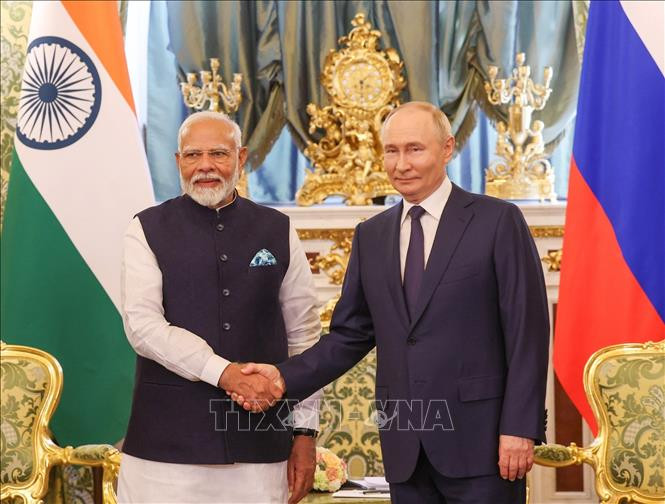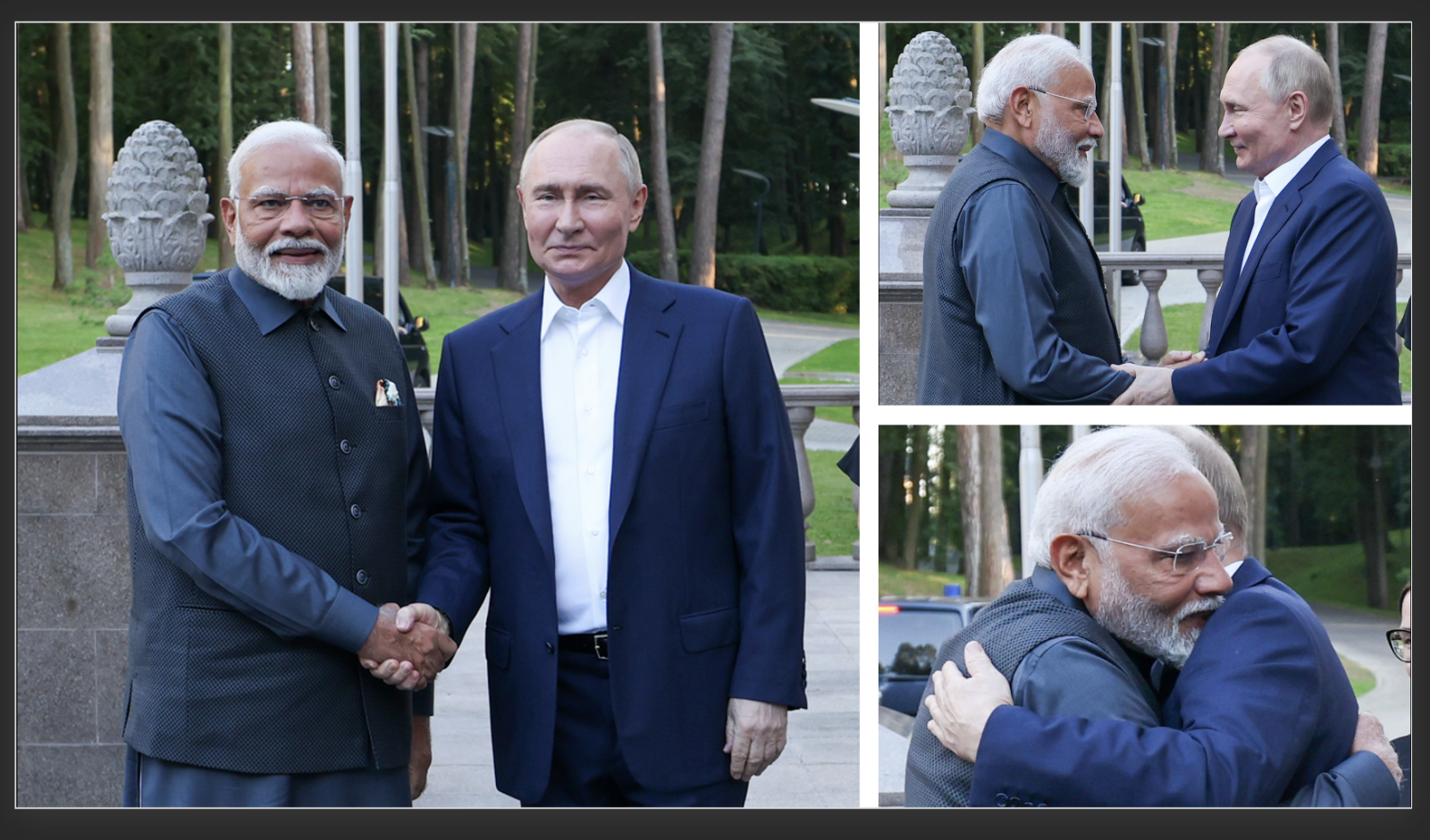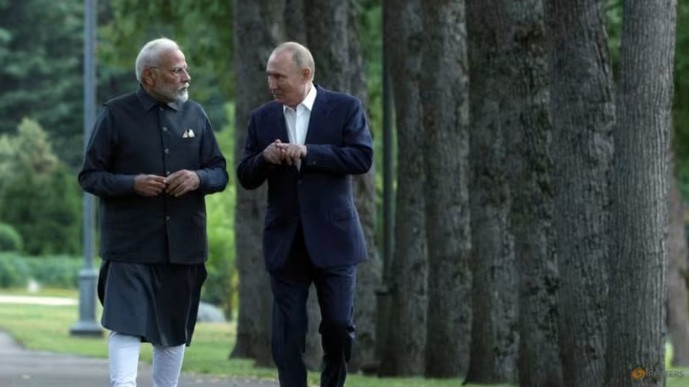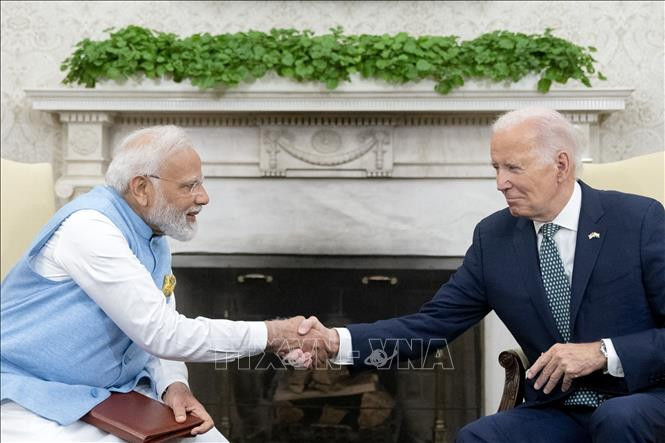Analysts say Indian Prime Minister Narendra Modi's recent visit to Russia is part of his push to position India as a global power.

According to CNA news agency, on July 9, Mr. Modi held talks with Russian President Vladimir Putin. This was his first visit to Moscow since Russia launched a special military operation in Ukraine in February 2022.
Mr Modi, who won a third term last month, is credited with raising India’s global profile. Under Mr Modi, India’s foreign policy has become more assertive over the past decade.
India's position
“When India speaks at global forums today, the entire world listens. When India takes a decision, the world acts accordingly,” Modi said in May.
In its last two terms, India has held the G20 presidency, begun to reach out to countries in the Global South and aligned itself closely with the US and its Western allies. But India also maintains historical ties with Russia.

India abstained from voting on a UN General Assembly resolution condemning Russia’s military campaign in Ukraine. Delhi continues to buy oil from Moscow at deeply discounted prices amid threats of Western sanctions.
Analysts say India's tough foreign policy approach will continue in Modi's third term.
Foreign policy analyst Shruti Pandalai argues that in his previous two terms, Modi focused on creating space for India to demonstrate to the world that it could be “a bridging power between the West and the rest of the world.” “That idea, along with Modi 3.0, will continue,” she said.
Adopt a more neutral stance
India has not shied away from cooperating with Russia, observers say, despite US concerns about military and trade ties between the two sides.
“India has been careful to adopt a more neutral stance, not siding with Western countries to put pressure on Russia,” said Meera Shankar, former Indian ambassador to the US.

Some analysts believe that Russia is trying to help India ease tensions with China.
Russia has pushed for the resumption of trilateral dialogue with India and China. But the grouping has not met since 2020, when Indian and Chinese soldiers engaged in a deadly clash in eastern Ladakh, sparking a border clash that persists to this day.
While border disputes remain a source of tension between the two Asian powers, the appointment of former Indian ambassador to China Vikram Misri as the country's new foreign secretary is seen as a sign that India may want to reset bilateral ties.
Recently, Indian Foreign Minister S Jaishankar had a rare meeting with China's new envoy to India Xu Feihong, during which both sides stressed their common interest in stabilizing relations.
India's geopolitical realities
Even as India positions itself as an alternative for Western companies looking to shift production away from China, it remains heavily dependent on imports from its neighbor, with bilateral trade reaching more than $130 billion last year.
Now, more and more Indian businesses are calling for visa relaxation for skilled Chinese workers.
“There is still an opportunity to open up dialogue and try to avoid miscalculation,” said expert Pandalai.
Bridge to the West

India has also prioritized the West in its engagements, highlighting Mr Modi’s attendance at the G7 summit in June and the possibility of new trade talks with the European Union and Britain.
The US is also seeking closer ties with India, with President Joe Biden calling the relationship “the most defining partnership” of this century.
Over the past year, Washington has increased arms sales and technology transfers to India.
However, experts warn that the possibility of former US President Donald Trump returning to the White House after the presidential election in November could change the trade relationship between the two sides.